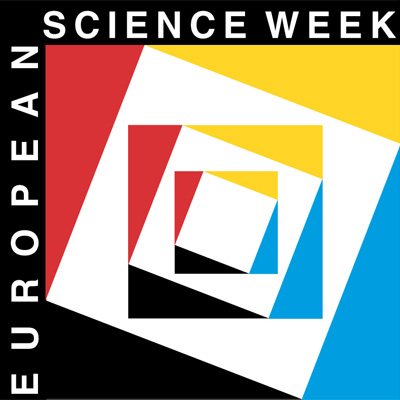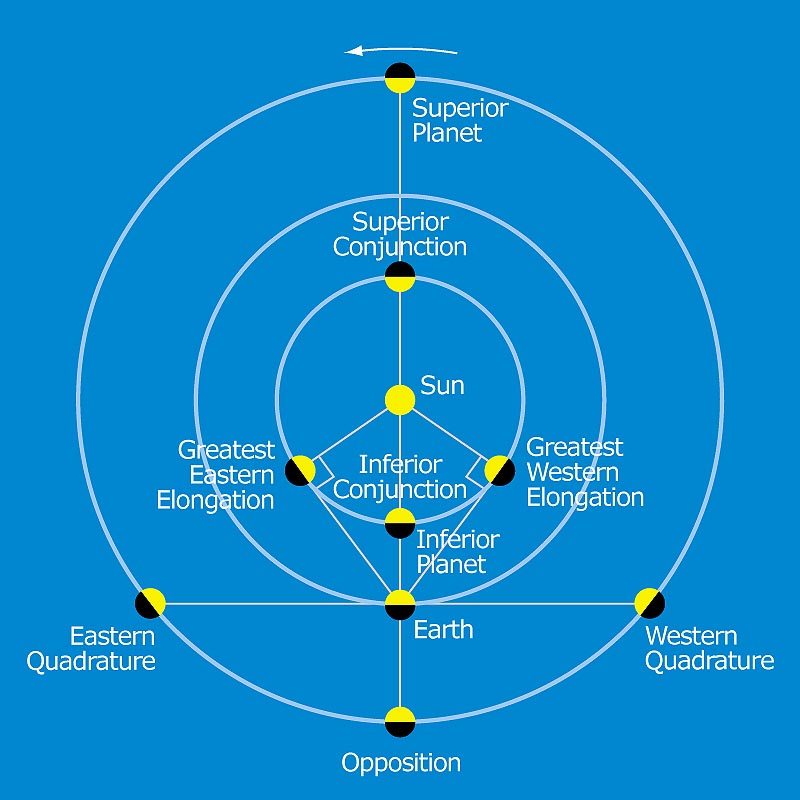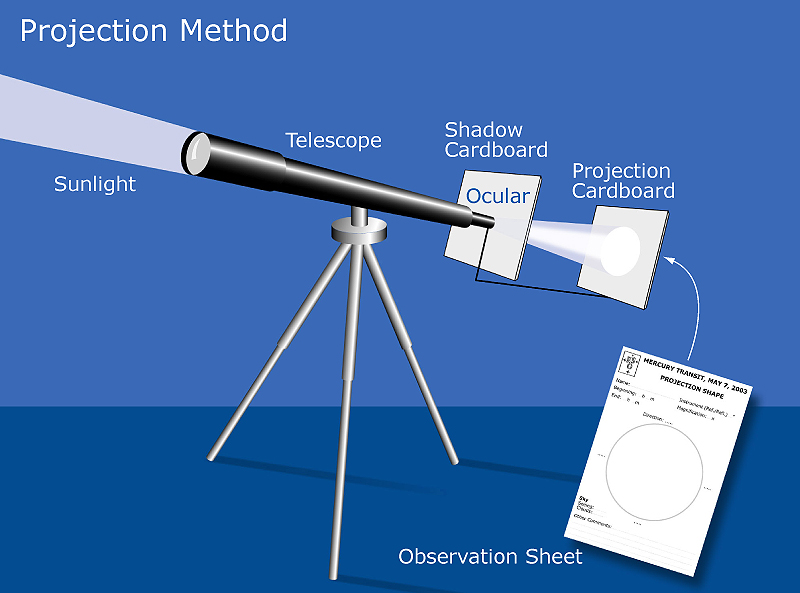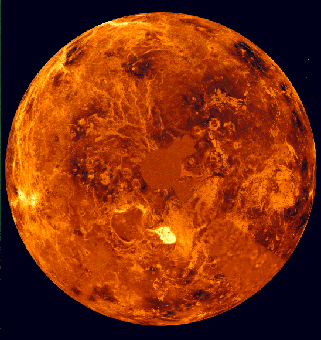|
Please note that the images on these pages are copyright of their owners and they are not released under ESO's usual Creative Commons license.
   | |
The Venus Transit 2004Welcome to the VT-2004 website! | |
| This is the final view of the front webpage of the VT-2004 programme, dated December 28, 2004 . We are now in the process of adapting the VT-2004 website to the post-event period and are preparing the VT-2004 Final Report . | |
| Visibility of Venus Transit 2012 (IMCCE, Paris) Transits of Venus across the solar disk are rare events; only seven have taken place since the beginning of the 17th century. A detailed and accurate calculation by the Institut de Mécanique Céleste et de Calcul des Éphémérides (IMCCE) in Paris shows that there are exactly 82 Venus Transits between the years -3000 (BC) and 3000, that is, over a span of 6 millennia. The first of these took place on November 17, -2970, and the last one will happen on June 14, 2984. If you are interested in more details, you may consult the extensive table ("Canon of Transits") on the comprehensive CD-ROM ( "Les Rendez-Vous de Vénus" ) that was produced by the Paris Observatory and also contains more than 10,000 fascimile pages of historical documents related to transit expeditions and observations. Look here for a brief description (Word) with some examples of the pages. It is on sale at EDP Sciences. The next Venus Transits will take place in June 2012, December 2117, December 2125, June 2247, June 2255, December 2360 and December 2368. While this year's transit was optimally visible in its full duration from most of Europe, it will not be so in 2012. As the map of the visibility (above) indicates, observers in the Pacific region may follow the entire transit (weather permitting), but those in Europe will only be able to enjoy the latter part of the event. The further west they are located on that continent, the shorter will be the time interval between sunrise and the end of the transit. Still, there should be plenty of opportunities to make observations and it is very likely that the public interest will then equal, and quite possibly surpass, the enormous appeal in 2004. More information about the 2012 Venus transit is available on http://www.transitofvenus.org/. Long before that, however, the VT-2004 Final Report will have appeared, summarizing the current pilot programme and providing stimuli for the next one. It will be announced here when it becomes available in the fall of 2005. This is last "VT-2004 Theme of the Week" to be displayed here. The organisers of the VT-2004 programme wish to thank all involved for their great efforts to make this unique public programme such an outstanding success. We hope that our many visitors have enjoyed this website and the voluminous and detailed information stored here. In any case, the statistics for "www.vt-2004.org" are still impressive, e.g., nearly 10,000 sessions during November 2004 alone. | VT-2004 News December 28, 2004 : The very comprehensive VT-2004 Photo Archive has been updated and is now in its final form, with more than 600 photos. Two more thematic pages were added. December 16, 2004 : The last "Theme of the Week" has been published. November 7, 2004 : The winners of the Video Contest are known!. You will find who they are on the page of the Venus Transit Experience, a conference that summed up the vast experience gained through this unique programme. November 2, 2004 : Today, ESO Press Release 26/04 has been published. In addition to announcing the results of the VT-2004 Observing Campaign , it contains information about the "Venus Transit Experience" conference that will take place in Paris on November 5-7, 2004, bringing together the main participants in this project from many different European countries. A main aim is to discuss the impact of the project, identifying possible differences from country to country and showing how to share good practices in the future. October 29, 2004 : The full report on the determination of the distance from the Earth to the Sun (the Astronomical Unit) by means of observations of the Venus Transit on June 8, 2004, by more than 2500 groups of observers participating in the VT-2004 Observing Campaign, will appear here on Tuesday, November 2, 2004. October 6, 2004 : After viewing all the many entries received for the VT-2004 Video Contest, an international Jury has selected 10 laureate videos. The list is now available on this page. The laureates will be invited to the VT-2004 Final Event where the Jury will announce the winners of the top prizes. Congratulations to all of them! September 28, 2004 : Please note that because of the work on the Final Report about the VT-2004 programme, photos related to Venus and the transit event cannot be accepted for inclusion into the VT-2004 Photo Archive after October 15, 2004 . September 20, 2004 : The deadline for receiving entries to our Video Contest has passed and we are happy to report that many videos entered the contest. An international Jury has been set-up and will deliberate on the entries in early October. We hope to be able to announce the winners by October 15. Earlier news topics are available in the News Archive Images from the transit may now be found in different places, e.g.:
Videos from the transit are available here - more will be added soon. Images from some of the public events are available here. Additional Themes of the Week can be seen on this page. |
|
| Read More in the 33 VT-2004 Info-Sheets Among the topics covered: About Venus | | ||||||






